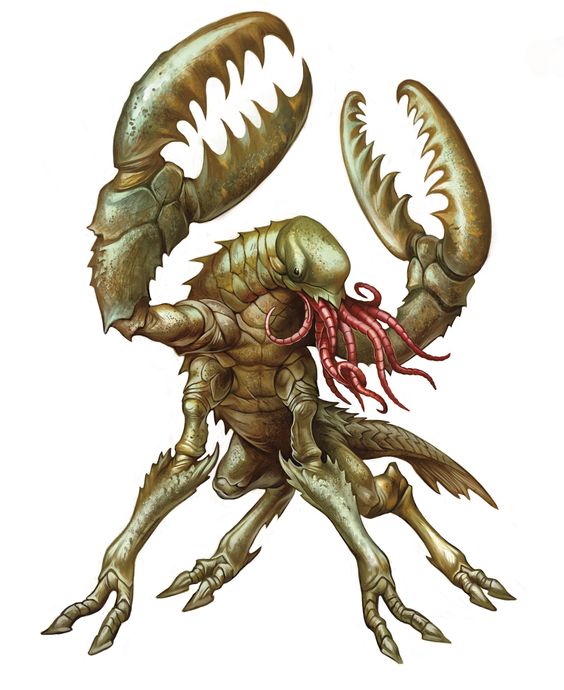
Essentially, most demons are destructive and resent being under the control of anyone else, and even will willingly laugh and attack their own worshipers. and as we'll see, not every single one of them fit in the 'chaotic evil, always destructive' generalization.

The Monster Manual goes into several pages' worth of neat, flowery text on detailing a generalization of these monsters, but ultimately the demons are divided into multiple sub-types, each with their own personality. They're destructive, they want to bring the most amount of death and devastation when they are summoned to the material plane, and they want to grow stronger and mutate into even more powerful demons.

As the representatives of chaotic evil, they tend to exemplify all the worst parts of that alignment. the Tanar'ri), as noted, hail from the Infinite Layers of the Abyss, and basically, they're monstrous evil chaos-bringers that only respect power. In previous editions, we've got a lot of variations, but there tend to be a handful of around a dozen or so that show up pretty consistently in every edition.ĭemons (a.k.a. and, trust me, this is certainly just merely scratching the surface of the amount of spooky monsters from fantasy-hell that you can meet in D&D. D&D really loves their spooky underworld creatures, we've got a whole ton of creatures to work through with just the Demons and Devils segment of the Monster Manual.

Looking at the sheer amount of detail that went into the world-building of the planes and princes of hell, it's not hardto see why those silly parents ended up going on a bit of a moral "oh my word this promotes satanic worship" bend. Collectively known as 'fiends', there's a whole lot of these hell-dwelling motherfuckers. So in any given edition of Dungeons & Dragons, the "D" page is always ginormously large, and that is solely due to the fact that "Demons", "Devils", "Dragons" and, in earlier editions, "Daemons" (renamed Yugoloths in later editions) will take up multiple pages all on their own.


 0 kommentar(er)
0 kommentar(er)
